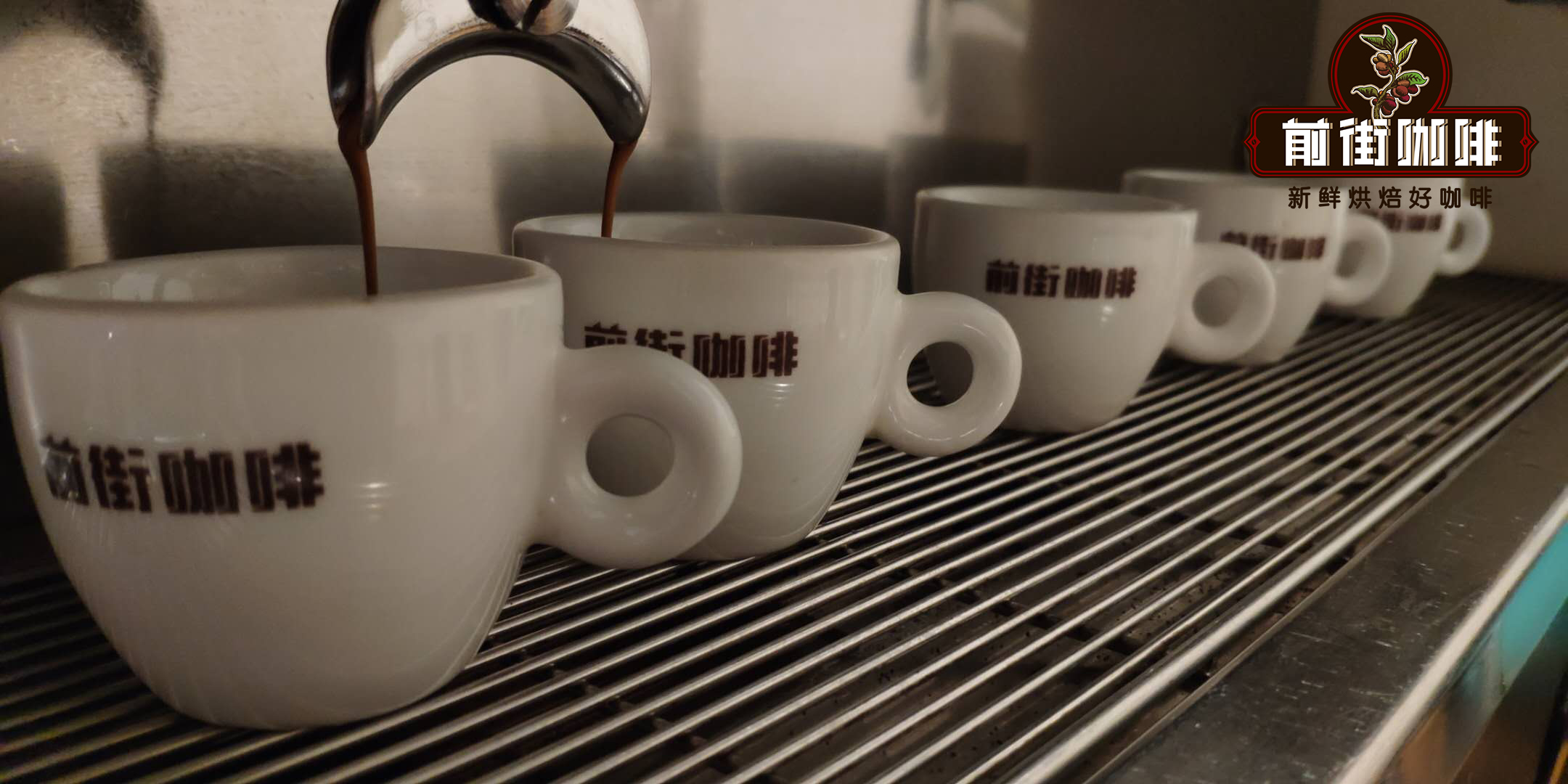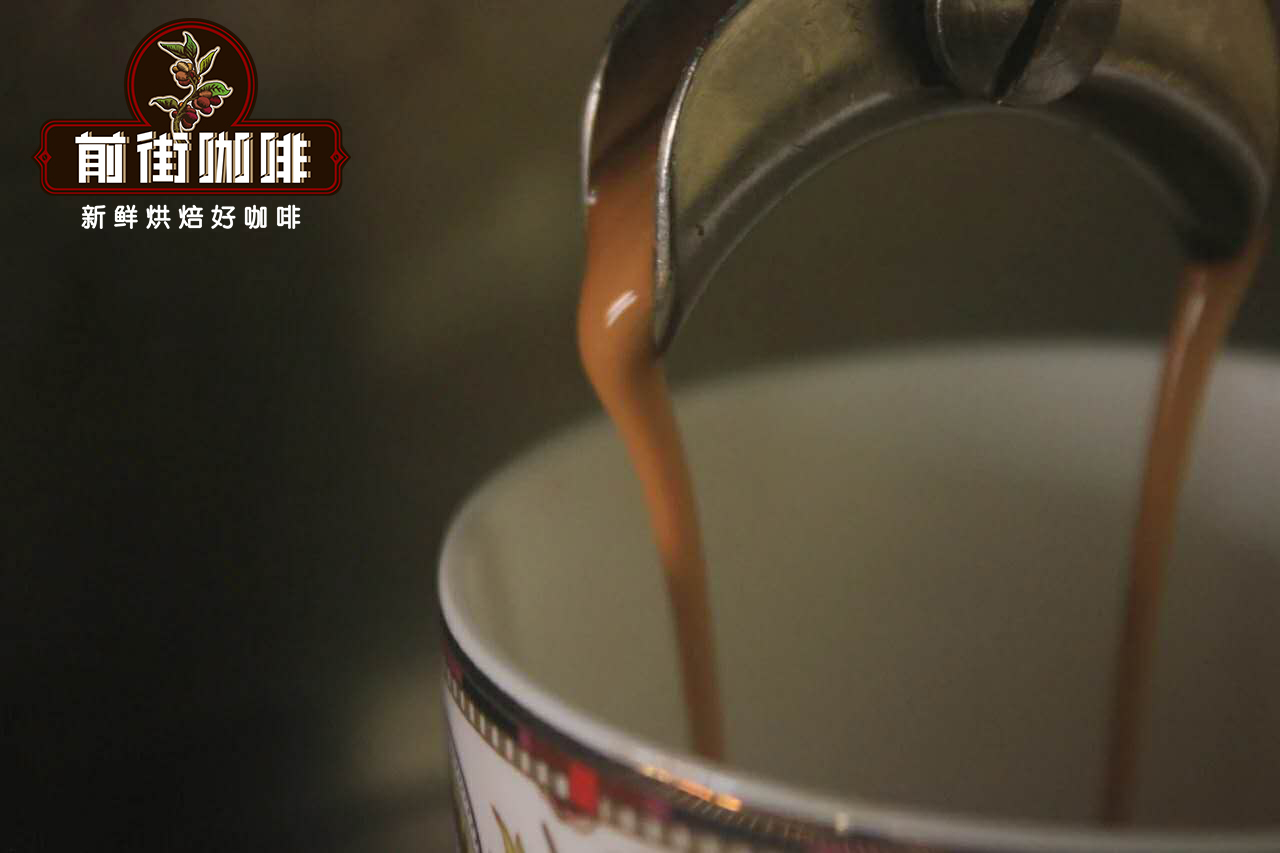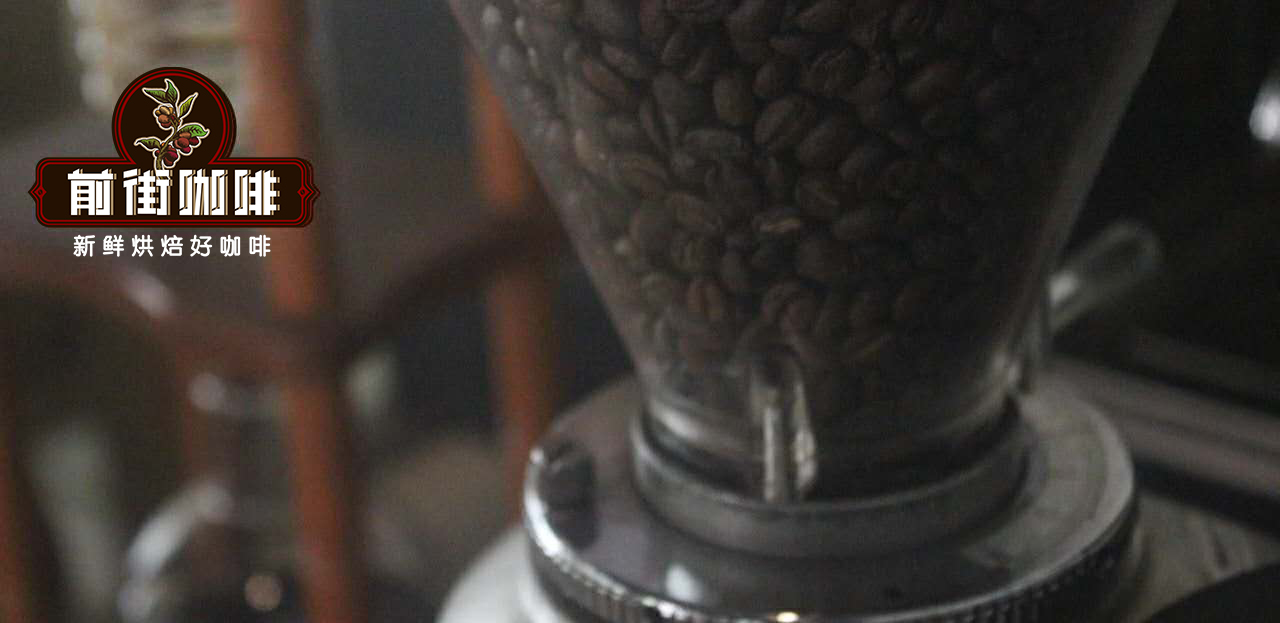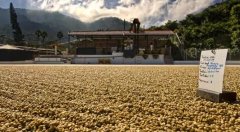Comparative Test of Coffee Powder Bowl what is the effect of IMS and VST coffee powder bowls on espresso extraction?

Espresso powder bowl: small but powerful. Therefore, although they have an important impact on extraction, they are often ignored.
In fact, about half a year ago, VST's Vince Federer (Vince Fedele) first released his precision powder bowl in the coffee world-years later, other advances in specialty coffee equipment (such as PID-controlled multi-pot coffee makers to saturated head machines) were made. However, in the past few years, attitudes towards espresso powder bowls are changing.
Today, we have a new Challenger brand in town: IMS. So how does IMS rank relative to VST? Well, I decided to test them in a series of blind products the size of a powder bowl. Keep reading and find out which powder bowls have won.
Celebrities in the scene of espresso powder bowl
Despite the revolutionary significance of VST, they are not the first companies to provide quality powder bowls for your espresso machine. For example, Syneso powder bowl has always been highly valued. However, VST can fully study the effects of geometry, hole diameter and shape on the extraction, and then provide a filter with a consistent hole position and shape.
Before that, most powder bowls had serious design flaws. Holes vary in size-some are large enough for particles to pass through into espresso, while others are small and easily clogged, all in the same powder bowl.

More importantly, the geometry of these baskets is usually not optimized for uniform extraction: the exit surface area is usually significantly smaller than the inlet surface area, resulting in an unsatisfactory amount of water flowing through the puck.
As a result, VST powder bowl has been dominant for many years. You will occasionally hear complaints from baristas who are not tolerant of this, but the general consensus (and my personal opinion) is that good distribution and tamping can eliminate these problems.
Recently, however, a new brand has emerged: IMS. The Italian company began producing metal products for the espresso industry shortly after World War II. Now they have launched a new product line called competitive filters, which are said to have the same advantages as VST baskets.
Testing VST and IMS powder bowls: methodology
We passed the Blind Bowl of Powder, including running a variety of espresso from Rwanda Cyanika from Collonna Coffee and RoundHill Roastery Tanzania Hasambo Bean. Both types of coffee have been slightly roasted, but roasted correctly.
The task of grinding is carried out by the EK43 with coffee burrs, which uses our Kees Van der Westen Mirage to extract espresso, which has strict flow limits and low pump pressure (6.5bar). Select the cooking ratio to optimize each bean, but remain the same in different powder bowl sizes and manufacturers.
Another thing we must pay attention to is grinding dimensions. We have now known for some time that when moving between powder bowls of different sizes, the grinding fineness needs to be changed. This seems obvious because larger baskets contain more ground, which slows down extraction, but in theory, the difference in hole diameters between different basket sizes should be compensated. In fact, to maintain the same cooking ratio at the same time, 15g powder bowls need to be 1 level finer than EK.
Interestingly, there is also a big difference in the grinding fineness required when comparing VST and IMS baskets of the same size. The IMS basket requires a grinding setting of 1 / 1.5 finer than the VST basket to achieve the same result. We have come to the conclusion that this may be the result of the hole diameter, but because the size of the measurement is too small and beyond our ability, it is only a doubt.
Tasting differences: our test results
Well, in terms of taste, IMS baskets are usually the first choice. These are thought to produce more sweetness and more delicacy in the cup. However, it should be pointed out that these differences are very small. In fact, they are almost certainly undetectable in milk drinks.

One possible explanation for tasters' preference for IMS baskets is that they require higher grinding fineness for the same espresso than the same VST filter in terms of brewing rate, dose and time. This may lead to greater grinding uniformity, as the two main peaks of the particle distribution may be close to each other under finer grinding settings. But this is hypothetical.
However, there is a problem with IMS baskets: with some light baking and the smallest double-layer baskets (15g), we have reached the limit of EK grinding fineness. This is unlikely to be a problem on a traditional espresso grinder, but keep this in mind if you use coffee on the EK instead of Turkish burrs.
IMS also produces a basket of the right size, referred to as The Single, which is specially designed to produce a single serve with the same grinding settings as the double baskets. In practice, at least for our coffee, they need to be slightly coarsely adjusted to maintain the same flow rate as twice the same rate. However, they do seem to taste better than we usually get by using portafilter with vents to split double portions.
The winner of VST-IMS test
Based on our (rather limited) taste tests, the taste of the IMS filter is smaller than that of the VST filter on the edge. However, the difference is small, and there is no significant difference between any manufacturer's products and the coarse seal filters that still come with many espresso machines.
So which is better? In the final analysis, it depends on the individual and how well the powder bowl works with your device.
But either way, it's exciting to see more high-performance coffee bowl makers enter the market. I believe this will lead to greater innovation and improvement.
Important Notice :
前街咖啡 FrontStreet Coffee has moved to new addredd:
FrontStreet Coffee Address: 315,Donghua East Road,GuangZhou
Tel:020 38364473
- Prev

El Salvador Boutique Coffee Region El Salvador Chocolate Lover Manor Coffee Brewing Flavor Features
Professional coffee knowledge exchange More coffee bean information Please pay attention to coffee workshop (Weixin Official Accounts cafe_style) El Salvador was once the world's fourth largest coffee producer because decades of civil war dragged down the entire coffee growing industry. With the end of the civil war, the local people began to organize their long-abandoned farmland and replant batches of coffee trees. Coffee trees have opened in recent years.
- Next

What is Ole Coffee? What's the difference between Ole coffee and latte?
There are more than a dozen kinds of milk coffee on the menu of most coffee shops. For most people, milk coffee is more difficult to make at home. Lait au is an exception. Although many cafes use espresso, they can also be made with any high concentration of coffee at home. It is easy to make and has different names all over the world.
Related
- Beginners will see the "Coffee pull flower" guide!
- What is the difference between ice blog purified milk and ordinary milk coffee?
- Why is the Philippines the largest producer of crops in Liberia?
- For coffee extraction, should the fine powder be retained?
- How does extracted espresso fill pressed powder? How much strength does it take to press the powder?
- How to make jasmine cold extract coffee? Is the jasmine + latte good?
- Will this little toy really make the coffee taste better? How does Lily Drip affect coffee extraction?
- Will the action of slapping the filter cup also affect coffee extraction?
- What's the difference between powder-to-water ratio and powder-to-liquid ratio?
- What is the Ethiopian local species? What does it have to do with Heirloom native species?

